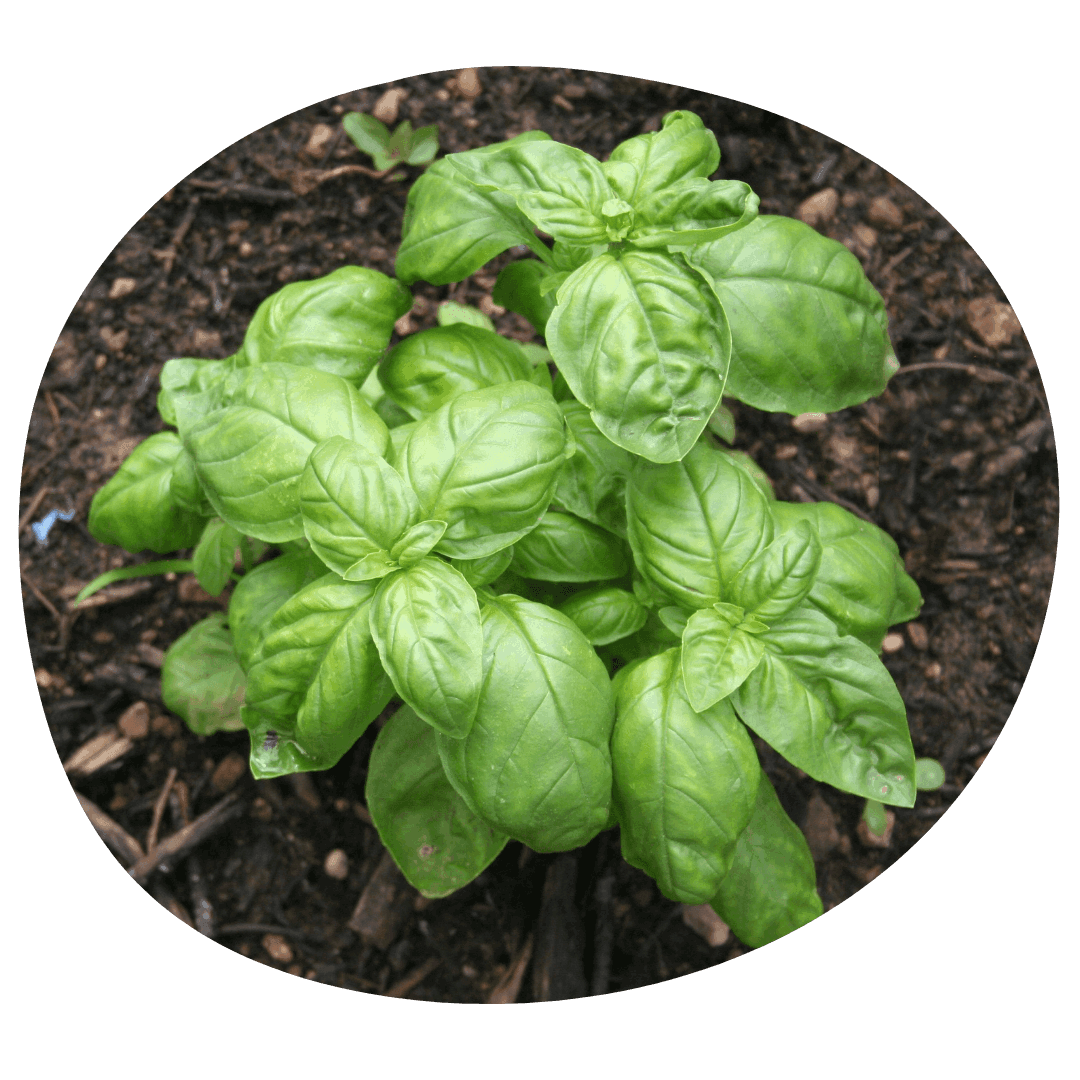How to Grow Basil
Growing Conditions
Whether you sow seeds indoors or out, remember that basil does not like cold, or even cool, weather. Sow the seeds outdoors when day and night temperatures reach about 12-15°C. It requires full sun and soil rich in nutrients. When sown or transplanted at the right time, basil is one of the easiest herbs to grow successfully. Basil typically reaches maturity within 80-90 days.
Starting
Start basil indoors 4 to 6 weeks before the date of your average last frost in spring. Basil does not need a long time to grow large enough to transplant to the garden. Alternately basil may be sown directly in the garden when soil temperatures have reached at least 12°C. Germination typically takes 7-10 days. Sow your seeds about 1/4“ deep, 1" apart, in rows 18" apart. Basil does well in garden beds or in containers, and makes a great companion plant for tomatoes.
Find our full guide to seed starting here.

Care
Basil prefers moist, rich soil so water often during hot, dry periods and fertilize as needed. It is very sensitive to cold and frost and may require insulation if temperatures drop. Pinch or prune your basil plants often once they have begun to produce multiple sets of leaves to encourage branching growth. This pruning is key to full, bountiful basil plants, and without it plants may grow verticle and spindly. If the plant sends up a flower spike, pinch it off to encourage the plant to direct energy towards leaf growth.
Pests and Diseases
Aphids - Small green, black, or brown insects that feed on the sap of garden plants. You'll find them under leaves, at blossom tips, and in the joints of stems.
Slugs and Snails - Common garden pests that feed after dark, leaving large patches of damage.
Powdery Mildew - White mildew on the top surfaces of leaves, starting as small spots and growing to cover the entire leaf.
Crop rotation, garden cleaning, and proper spacing between plants are the best ways to prevent problems caused by pests and diseases. Diatomaceous earth can be used to control crawling pest species, while sticky traps will catch flying pests. Row covers and insect netting can also prevent travelling pests from landing on your crops and causing damage. Ensure good drainage in your chosen planting spot to prevent problems with fungus and rot. Contact us for more specialized pest control methods such as beneficial nematodes.
Harvest
Begin to harvest your basil once it reaches around 6" in height. Pick leaves and pinch back stems regularly to encourage growth. Basil plants will grow consistently as long as the weather remains warm, but be sure to harvest all your plants before sudden the cold weather or the first frost as they will be damaged by low temperatures. Basil stores well in the freezer and may also be dried for long term storage.

